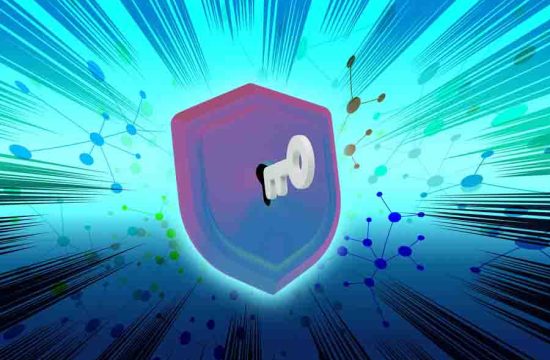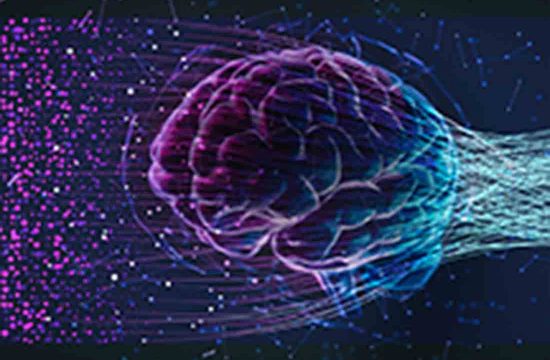Future SNS & 5G core technologies; mmWave, MHN and IFD.

A 5G future is no longer a distant one, but an upcoming reality. High quality videos of more than 10Mbps can be served simultaneously to 100 users even in a train running at up to 500km/h. People can experience data rates that are 100 times faster than currently available technologies.
The Electronics and Telecommunications Research Institute (ETRI) of Korea held a 5G technology demonstration on the 18th December, 2015. It showed future SNS (social network service) and several 5G core technologies such as millimeter wave, Mobile Hot-spot Network, in-band full duplex and so on.
5G is the next generation wireless technology that would provide even faster data rates, even lower delays, and even more devices connected than 4G. Accordingly, distinct and differentiated applications are expected in 5G.
[pullquote]5G is the next generation wireless technology that would provide even faster data rates, even lower delays, and even more devices connected than 4G. [/pullquote]
ETRI’s future SNS is a kind of trial service model to apply 5G technologies that provides dynamic user-centric connection to neighboring people, things and spaces. It is characterized by instant content-sharing between users, communication with neighboring things, and Giga-bps(Gbps)-grade video applications in vehicles.
5G core technologies demonstrated by ETRI include the following:
– MHN(Mobile Hot-spot Network) is a mobile backhaul technology that provides high-speed Internet access of Gbps in vehicles at speeds of up to 500 km/h (e.g. KTX in Korea). Almost 100 passengers can watch videos of high quality simultaneously.
– ZING is a near-field communication technology that enables mass data to be transmitted with 3.5 Gbps data rate between neighboring devices within the radius of 10cm.
– Single-RF-Chain compact MIMO technology enables a single antenna to simulate the effect of multiple antenna. It can reduce antenna volume and cancel inter-antenna interference in a multi-antenna system.
– Millimeter wave (mmWave) beam switching technology provides fast switching of radio beams to mobile users, and therefore allows seamless Gbps-grade service in mobile environments.
– Mobile Edge Platform (MEP) is a mobile edge cloud server on vehicles that enables passengers to enjoy customized Gbps-grade content and connects them with neighbors, things and spaces. It provides user-centric services.
– In-band Full Duplex technology can transmit and receive signals simultaneously over the same frequency band. It can increase spectral efficiency by up to two times.
– Small cell SW technology is designed for AP(Access Point)-sized small cell base stations that can reduce communication dead zones and improve data rates per user in a hot-spot area.
“With this demonstration event, we are officially introducing our R&D results on 5G. We will continue to lead the development of 5G technologies. Also, we are trying to develop commercialization technologies needed by businesses, and to construct a 5G ecosystem.” said Dr. Hyun Kyu Chung, vice president of ETRI Communication & Internet Lab.
In January, 2016, ETRI will demonstrate Giga internet service and future SNS in a Seoul subway train installed with MHN and ZING kiosks. ETRI will also introduce hand-over technology on a millimeter wave mobile communication system and 5G radio access technology that satisfies 1 millisecond radio latency.








